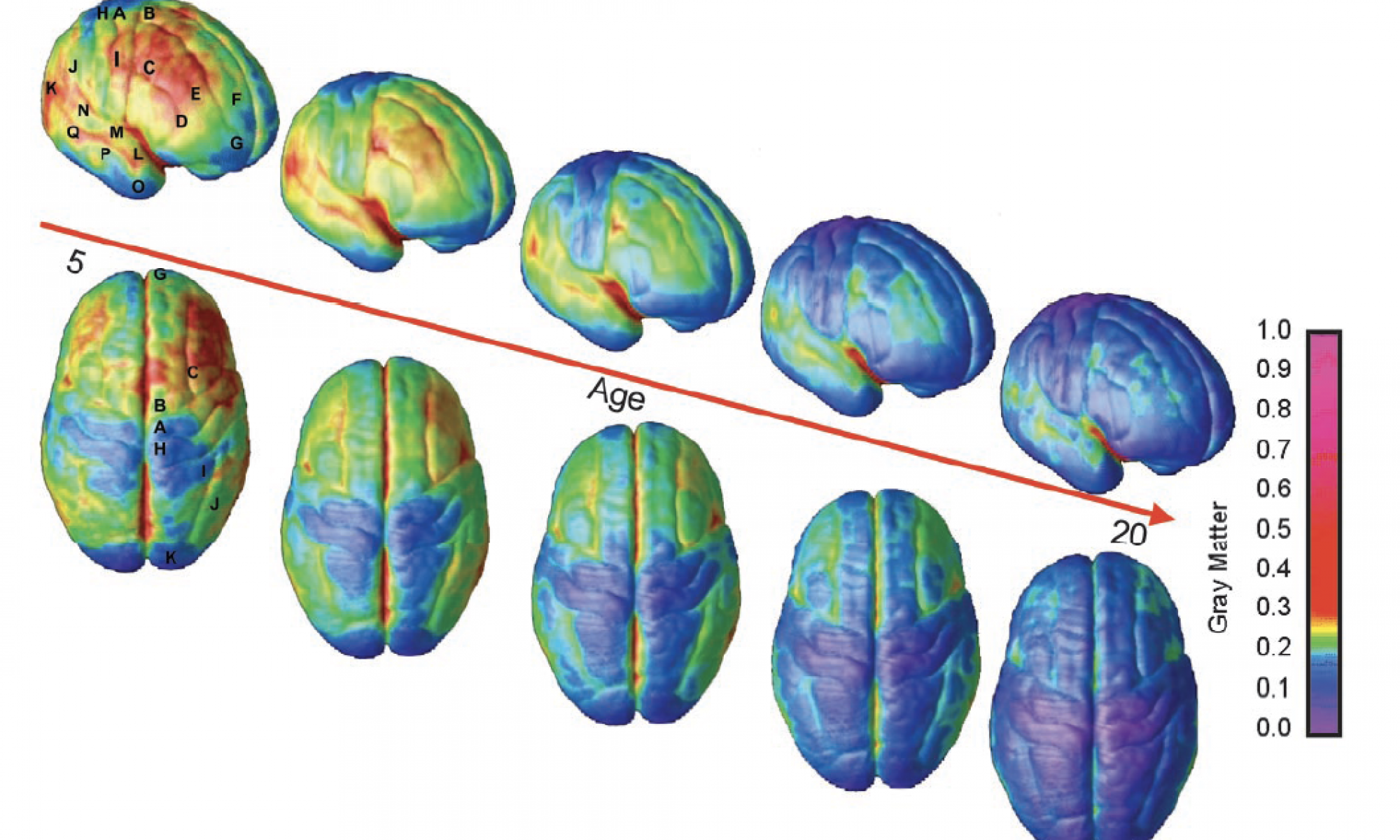The article comes up with a few interesting suggestions as to why there seems to be increased rates of anxiety, including increased use of technology and a general increase in everyday stressors. The article points out that there are very few dependable studies on increased anxiety and the effect of technology on anxiety. Given the information in this article I am of the opinion that rates of actual anxiety disorders are not likely dramatically increasing, but that society is generally placing more stressors upon adolescents that cause normal anxiety, and that these anxieties are not worsened by phones/technology.
I am inclined to agree with the author, given that though the article itself does not include many concrete statistics nor does it go into detail on the studies it references, it links each reference to the original source, which lends the article credibility. Each reference is pulled from credible sources, which makes me confident in pulling information from this article.
With regards to anxiety disorders, I do not believe that increased technology use has a causal relationship with an increase in anxiety. The article mentions a study in which “17 teenagers with online gaming “addiction” had microstructural changes in various brain regions compared with a control group” (Friedman, 2018). However, these microstructural changes could be caused by other factors, and more importantly the sample group for this study is far too small to be able to establish a causal relationship between exposure to technology like video games and increased anxiety disorders. In statistical studies, a study sample should be no less than 30 individuals to be able to do reliable statistical testing on experimental data. Furthermore, the author points out that our brains are not a susceptible to negative influence from technology as is sometimes assumed, asserting that “even when we are young and impressionable, our brains have molecular and structural brakes that control the degree to which they can be rewired by experience” (Friedman, 2018), indicating that the connection between anxiety and technology is exaggerated.
I also agree with the author’s assertion that the perceived increase in anxiety disorders “reflects a cultural shift toward pathologizing everyday levels of distress” (Friedman, 2018). As explained in the article, there is little evidence that there is a mass increase in true anxiety disorders. I have often seen individuals worry that they have an anxiety disorder only to discover that their anxiety does not qualify as a diagnosable issue. However, I think that society is placing increased pressure on adolescents, as mentioned in the article with college stress, and that these increased pressures can cause more “normal” anxiety to occur, convincing some that they have a disorder. Although these may not be true anxiety disorders, the anxieties caused by social and academic pressure should be taken seriously and should not be ignored even if it is not a full-on anxiety disorder.
Works Cited:
Friedman, R. A. (2018, September 07). The Big Myth About Teenage Anxiety. Retrieved October 26, 2018, from https://www.nytimes.com/2018/09/07/opinion/sunday/teenager-anxiety-phones-social-media.html?action=click&module=Opinion&pgtype=Homepage
